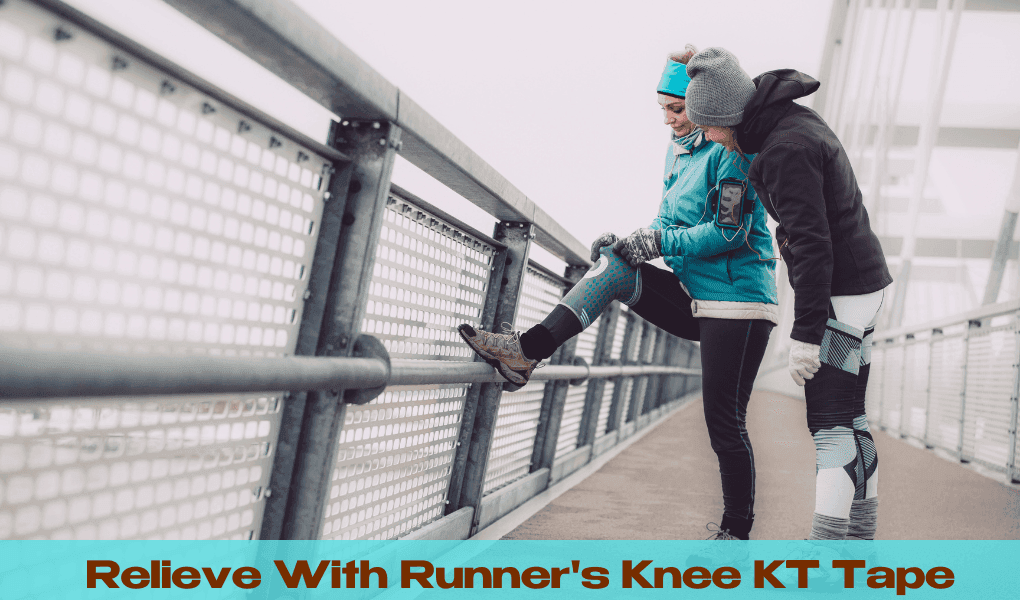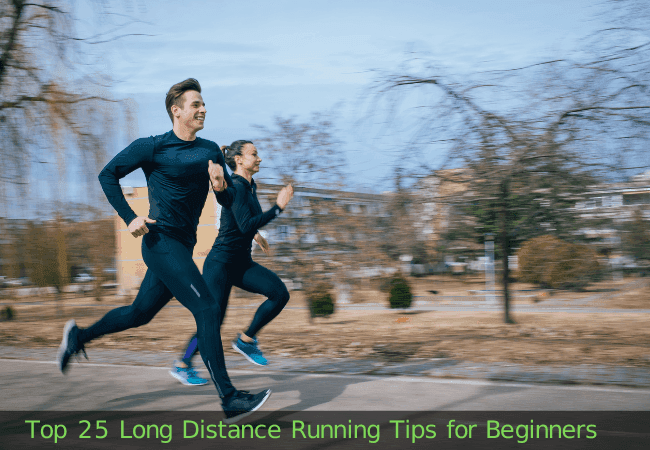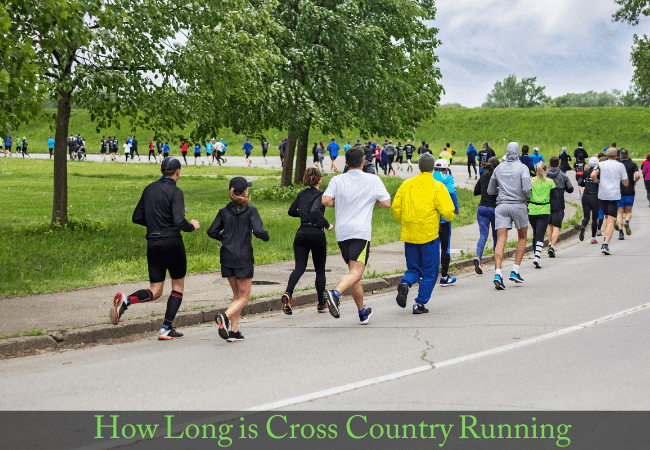
Introduction to running barefoot on treadmill
The benefits of running barefoot on treadmill and how it can enhance your workout. Explore tips and techniques for safe and effective barefoot running. Imagine how it would be to run without any restrictions on wearing shoes. This allows your bare feet to operate freely while touching the ground’s surface. This is the philosophy behind barefoot running; a type of physical activity that is fast becoming popular, especially among fitness lovers as well as people who want to take it back to the basics. Running without shoes on a treadmill might sound crazy. However, it gives one a chance to try that soft and easy way of exercising in moderation at home.
This article is one such inclusive article on the same concept as the introduction of the pitch. We focus on how to run on a treadmill barefoot, its benefits, surviving myths, and most importantly how to do it correctly and safely. This guide is catered to both experienced runners, who are looking for something new, as well as novice PRs, who nurture their interest in this milestone.
The benefits of running barefoot on treadmill
While many people only think about the physical advantage of running barefoot on a treadmill, there are numerous other advantages to be gained. Here are some of the best benefits.
Improved Foot Strength and Flexibility: For example, by removing the shoes, the feet are allowed to move naturally, therefore the intrinsic muscles and tendons are actively used and developed rather than wasted away. As a result, the biomechanics of the feet will be improved and injury risk will be reduced.
Enhanced Proprioception: Proprioception is the body’s ability to know where different parts are in space as well as their movement. When running barefoot on a treadmill, one becomes more aware of balancing and learns how to run more efficiently.
Reduced Impact Forces: A typical treadmill has a cushioned running surface and even when the pronators run, the impact forces normally associated with rough running surfaces are usually minimized. This allows to reduce strain on the joints, ligaments, and tendons, reducing the risk of injury and fatigue. Additionally, the cushioning reduces the noise of pounding on the treadmill, making it more enjoyable for users.
Increased mindfulness: An even simpler reason is the surface of the treadmill belt. It is a common treadmill operating sensation that one is bound to be a bit more mindful compared to when there is no belt under the feet and one can run free.
Convenience and consistency: One more advantage of running barefoot on treadmill is the fact that it is possible to have a fixed setting that eliminates the unevenness of the terrain or adverse weather, hence there is no breakdown in the workout ration.
Common misconceptions about running barefoot on treadmill
Though running barefoot on treadmill has become increasingly popular, people still express doubts and misconceptions about it. Let’s look at some general misconceptions.
“It is dangerous and can cause injuries.” All workout sessions have some risks to them however running barefoot on a treadmill if done the right way may reduce some of these risks. Using a treadmill in the barefoot position allows the user to get the foot out of the immobilized position. This will work on the feet and intrinsic muscles.
“It’s grime.” Although hygiene is a legitimate concern, the average treadmill in the modern world is equipped with an easy-clean, nonporous belt. Also, you may clean the treadmill before and after use.
“It’s only runners who will grace the next marathon.” Transitioning from using shoes to completely running on a treadmill without shoes seems easier for those with experience. However, such practices can help beginners too. Everybody can progress and understand how to run without shoes on a treadmill.
Is running barefoot on treadmill bad for you?
Most people have this concern: is running on a treadmill without shoes on their feet unsafe? The short answer is no under any circumstances. Like any other activity, it has its pros and cons which must be weighed.
For most people, running on a treadmill without shoes may be advantageous in promoting the foot’s normal performance, strengthening the deep muscles of the foot, and providing lower impact forces to the body. However, prudence and the correct preparation are necessary before engaging in this activity.
Those who already have some form of foot or ankle condition including plantar fasciitis, bunions, or very bad flat feet need to be careful while running barefoot on a treadmill as it may very well worsen these conditions. In such scenarios, one should refrain from exercising or get medical advice from a physician or a trained running coach.
Moreover, making a sudden switch from a usual set of treadmill running gear to running completely barefoot can put a person into an injury-prone state where injury risk may be increased. In particular, if feet and lower legs have not been conditioned to deal with whatever biomechanics naked running may impose on them.
Risk can be prevented and, to keep it at bay, a gradual and organized approach should be taken. Before running on a treadmill without shoes, try it for a short period. However, gradually increase the length and intensity of use over time. The body can also be prepared for this change by strengthening the feet and lower legs.
In this type of activity, excessive activity should be avoided to the maximum extent possible. If you experience other instances of returning soreness during bearable activities, don’t ignore them or give in to them. If the pain persists for longer than you think it is necessary to seek a physician’s advice before moving on.
Tips for running barefoot on treadmill
For your safety and enjoyment when barefoot running on a treadmill, it is necessary to take the following precautions.
Start Slowly First: Ease into barefoot running on a treadmill. The first few times running in bare feet should be for about 5-10 minutes before increasing the time, once the feet and body are ready.
Warm Up Properly: Become physically fit through an effective warm-up including stretches and exercises that can prepare the feet, ankles, and lower legs for the stresses of running barefoot. Make sure you use the correct running posture by standing tall and erect, holding your abs, and landing on your midfoot or forefoot.
Be aware: If you have any discomfort and it’s bothering you, try to reduce your speed or distance. Do not force yourself when you are in pain. It can only lead to more injuries than fixes.
Training with Weights: Engage in training that involves the intrinsic muscles of the calves as well as lower leg muscles to increase their endurance. Make sure to warm up properly before engaging in any training. Start slowly and progress gradually. Listen to your body and take a break when necessary.
Buy a Decent Quality Treadmill: Invest in a high-quality, superbly padded, and non-harmful exercise belt that is less likely to result in an injury while providing a smooth surface free from shoes to run on.
Remember Cleanliness: People must remain hygienic which includes not using a treadmill without cleaning the belt after and before use.
Progressive mutation of the effect: When you get used to barefoot running on the treadmill, you should increase the speed, the inclination height, or the length of training.
Preparing your feet for running barefoot on treadmill
Before getting into a barefoot treadmill running routine, it is imperative to prepare the feet for the upcoming tasks and the various stresses that they come across. Here are some ideas to get started.
Foot Strengthening Exercises: Include some activities specifically designed for the intrinsic muscles of the feet, for instance, towel curls, marble pickups, and short foot exercises. These exercises will improve strength, flexibility, and control of the feet.
Gradual Exposure: To begin with, include some small periods of being barefoot, for example, wearing no shoes in the house or simply doing some light exercises without shoes. This will help condition the feet’ skin and get used to various sensations.
Massage and Mobility: Self-massage should be performed on the feet, ankles, and calves to stimulate circulation, relieve tension, and increase mobility. It may promote injury prevention and improve foot health in general.
Proper Foot Care: To ensure your feet are in good condition, practice foot hygiene such as regular nail care by trimming toenails, moisturizing feet, and treating any calluses or blisters that may develop along the way.
Please remember that preparing your feet thoroughly is very essential as it allows you to enjoy the experience and run safely on a bare treadmill. Do not hurry through the exercise but rather take your time and build up strength and the ability to endure. This will reduce the chances of injuries and increase the benefits of this practice.
Choosing the right treadmill for barefoot running
For treadmill running without shoes, selecting the right equipment is also important. Below is an outline of the most significant elements to pay attention to if one opts for treadmill running barefoot:
The surface of the belt: Avoid treadmills with abrasive bare belts or belts with coarse rubs to avoid painful sensations on the feet that may cause blisters or cuts.
Belt Size: When running barefoot, choose a treadmill with a broader and longer belt to accommodate the natural style of running.
Shock Absorbing: It is imperative to use a treadmill with shock absorption technology to decrease the impact force on the joint’s foot while running barefoot. You should buy a well-built, sturdy treadmill, one that will not be excessively shaken as you run barefoot.
Adjustable Settings: A treadmill with an adjustable incline and speed should be purchased for active use to use it for branch exercise, which allows you to gradually build up to maximum levels of pre-workouts over time.
Maintenance and Cleanliness: Assess how difficult it would be to maintain and clean a treadmill in particular, as a lot of cleanliness is needed and maintained, especially when involved in barefoot running.
Brand Trust and Guarantee: Find well-known treadmills on the market and select one with a comprehensive warranty.
You should also remember that while there will be a significant cost in purchasing the most effective treadmill meant for running barefoot, the gains in comfort and injury risk reduction as well as workout enjoyment will be worth every cent.
Running form for barefoot running on treadmill
There is a need to apply appropriate running techniques especially when using a treadmill without shoes to maximize benefits while minimizing injury risks. Here are some key aspects to note.
Posture: Stand up straight with your head high, shoulders relaxed and abs tightened all the time. Thus, the blow-out will be evenly spread across the whole body – no doubt.
Foot Strike: Modification to a midfoot or forefoot landing is important. This will also make sure that the foot conditions are allowed to contact the body in a natural way underneath the center of mass. Clattering the heel against the ground is to be avoided at all costs due to the large impact forces that result.
Cadence: Generally increase your cadence frequency, i.e. the number of steps taken in a minute to between 170-180. Such frequency can contribute a great deal to increasing the efficiency of running while reducing the amount of impact forces produced on the ground.
Arm Swing: The arms should be relaxed allowing them to counter the applied motion of the legs. This is done by swinging your shoulders in this way counterforces will promote balance and enhance running strides.
Lean Forward: Apply a slight tip from the ankle to the front of about a third or so with every jump simulating a gentle fall forward. This will also engage the core by making it easier to fall forward and run efficiently.
Foot Placement: Place your foot below the center of mass during the landing, and avoid overstriding as it could add to the braking forces and put extra tension on the lower legs.
Relaxation: You have to let your body go, particularly your shoulders, arms, hands, and facial muscles. You generate energy while running and if any parts of the body are tense or tight, movement may not flow easily.
The ability to run correctly takes time. It must be practiced and developed over time. Be kind to yourself and concentrate on small gains. It is also reasonable to add drills and exercises that address bad form.
Strengthening exercises for barefoot running on treadmill
It is important to add strengthening exercises to support barefoot running on a treadmill properly. There are some exercises to include.
Calf Raise: Stand with feet shoulder-width apart. Rise onto the tips of your toes and lift the heels. The body is held for a moment, after which it is lowered to its normal position. This step can be repeated as many times as is necessary.
Single-Leg Deadlifts: Put your weight on one leg, bend at the waist, extending the opposite leg behind. The back is straight with the arms lowered to the ground. Revert to the initial position and switch sides.
Toe Raises: The motion requires you to stand with your feet shoulder-width apart and engage the toe muscles to lift all your toes off the ground. The position is held for a few seconds before going to the previous position and repeating.
Heel Walking: Keep your toes on the ground, walking on your heels. This exercise works out the calves and Achilles tendon muscles.
Lateral Band Walking: Attach a rubber band to the ankles or thighs. Keep an outward pressure on the band as you walk sideways. This is a non-weight-bearing exercise that strengthens the hip and knee muscles.
Stretching the Plantar Fascia: Stretching of the plantar fascia, the connective tissue found at the bottom of the feet, can be done by taking a towel or the feet resistance band and gently pulling the toes towards the shins.
Core Exercise Tolerance: Don’t forget about incorporating more central muscle group exercises like planks, side planks, and bird dog exercises since a stable running posture and form can be enhanced with a firm core.
Do ensure that you manage the number of repetitions progressively as your strength increases. In the same way, it is imperative to provide enough space between workout rounds to avoid overuse injuries.
Safety precautions for running barefoot on a treadmill
Barefoot running on the treadmill is enjoyable and has many merits, but putting safety first will prevent injuries and enhance the experience. Below are some safety tips to remember.
Take it easy: If you are trying out the treadmill for the first time without shoes, do so gradually, allowing your body to adjust to the changes that come along with it. The duration and intensity of workouts should be increased.
Warm-up and cool down: Warm up the body before and after every barefoot treadmill exercise as this will reduce injury chances as well as speed up healing.
Ensure Correct Posture: Always bear in mind that more attention should be on the running style that includes midfoot or forefoot strike upright position and relaxed limbs. Such a poor performance can increase the injury chances.
Management of pain: Do not ignore or ignore pain that persists. Make adjustments to your pre-workout if necessary. Ignoring the pain, however slight may cause the neck, spinal, or joint even more damage.
Pre-hydration and Feeding: Get enough fluids and well-balanced meals before and after your barefoot treadmill sessions as this will help your body recover and perform better.
Active Safety Precautions: Every user should know how to operate the walk’s safety systems (trigger, pressing the emergency stop button) and by which the operation is effective.
Wipe the Treadmill Following its Usage: The treadmill belt must be free and clean from any obstruction at all times to avoid slipping or falling especially when you are running shoeless.
Dress Appropriately: Choose well-fitting and moisture-wicking clothes for the treadmill to reduce the risk of falling (and getting trapped by the treadmill belt) presented by loose clothes.
Professional Advisory: If there are any such concerns or conditions in the first place, ask a doctor or a running coach before starting the barefoot treadmill running program.
Do not forget that when referring to running on a treadmill without wearing any shoes – safety is the most significant aspect to consider. There are steps that one can take to ensure that injuries suffered from like any other activity performer in a normal gym setting are kept to a minimum encouraging the challenges posed by this particular treadmill running barefoot activity and in overcoming them desiring to experience the advantages offered by this impeccable and pleasant practice.
Conclusion.
Treadmill running without sneakers may appear weird to some, however, its benefits can improve running discipline. There are many benefits, including the development of foot strength and flexibility. In addition, there is being more mindful during runs, and the possibility of injury during this particular kind of exercise. This allows one to experience kinesthesia and minimalist exercise as well.
In this guide, we discuss the benefits of Running Barefoot on a treadmill without shoes. We have picked the most popular myths and offered helpful guidelines and measures to start this undertaking the right way. This is, more importantly, for the first time. With gradual adaptation, muscle-strengthening movements, and eventually the correct running style, this activity can be fully exploited, and the beauty of unaided running can be embraced.
Do not forget that success comes when you treat your body and its limitations wisely. You should also know the importance of patience and persistence. Running barefoot on treadmill is a process that like everything takes time and effort. It also takes the willingness to change and grow from that experience. It is time to take part in the impressive advantages of running barefoot on a treadmill.








